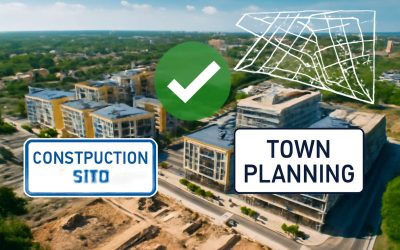
Land use management is a systematic process of planning and controlling the development of a particular area. It is based on principles of efficiency, equity and sustainability. In the United States, the American Planning Association defines land use management as creating environments that are convenient for people to live and work in.
A land use plan involves mapping, policies and procedures. It also addresses issues of environmental sustainability. The goal is to develop areas that are conducive to human activity and are sustainable for future generations. Without the proper planning, a city would not have sidewalks, parks or transportation routes. It would also be vulnerable to pollution.
Land use has a wide range of meanings in culture, politics and law. In legal terms, it refers to the physical capacity of the land to support various activities. Some examples of land uses include agriculture, industrial, commercial and residential. Several factors contribute to land use, including demographics, weather patterns, land cover, infrastructure and population density.
The development of a land use plan can help to prevent conflicts over land use. It can also ensure that resources are utilised efficiently. For example, it can ensure that the construction of a highway does not obstruct access to a national park.
In addition to protecting the environment, land use planning can improve the social conditions of the community. Planning can reduce the exposure of residents to pollutants, reduce land use conflicts and preserve future resources. Moreover, it can help to ensure that the city grows in a harmonious manner.
As the global population increases, the need for land has increased. This has resulted in competition for the exploitation of land. It has led to the loss of natural and semi-natural land. Also, uncontrolled developments have contributed to the degradation of groundwater. Similarly, conversion of agricultural land to residential use has reduced the amount of valuable agricultural land that remains available for commercial farming.
The importance of land use has been acknowledged since ancient times. However, the concept has become more complex over time. Today, the global land system will face the challenges of climate protection, environmental sustainability, ecosystem and biodiversity protection and food and water security. With these, the system will undergo fundamental transformations. These changes will require a new approach in land use management.
Although there are numerous methods for land use management, the primary techniques are zoning and regulation. Both of these involve the development of plans that outline the boundaries and guidelines for land uses. They are implemented by regional governments and municipalities. Other measures, such as spatial-temporal data modeling and computer simulations, can be used in the planning process.
Zoning is used by local governments to create the framework for the development of communities. During the planning phase, authorities may establish restrictions on certain land uses in order to ensure the sustainability of the community. Similarly, the presence of certain facilities such as train stations or airports can be restricted to a specific zone.



0 Comments